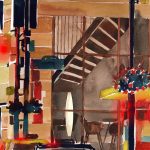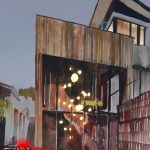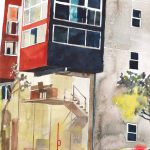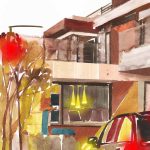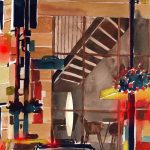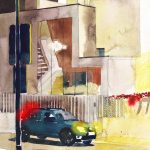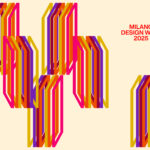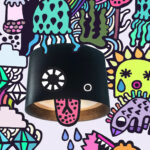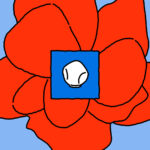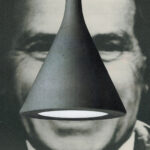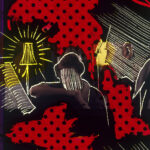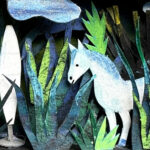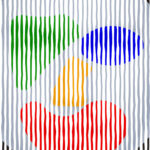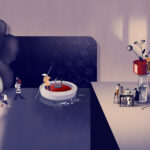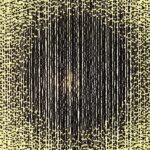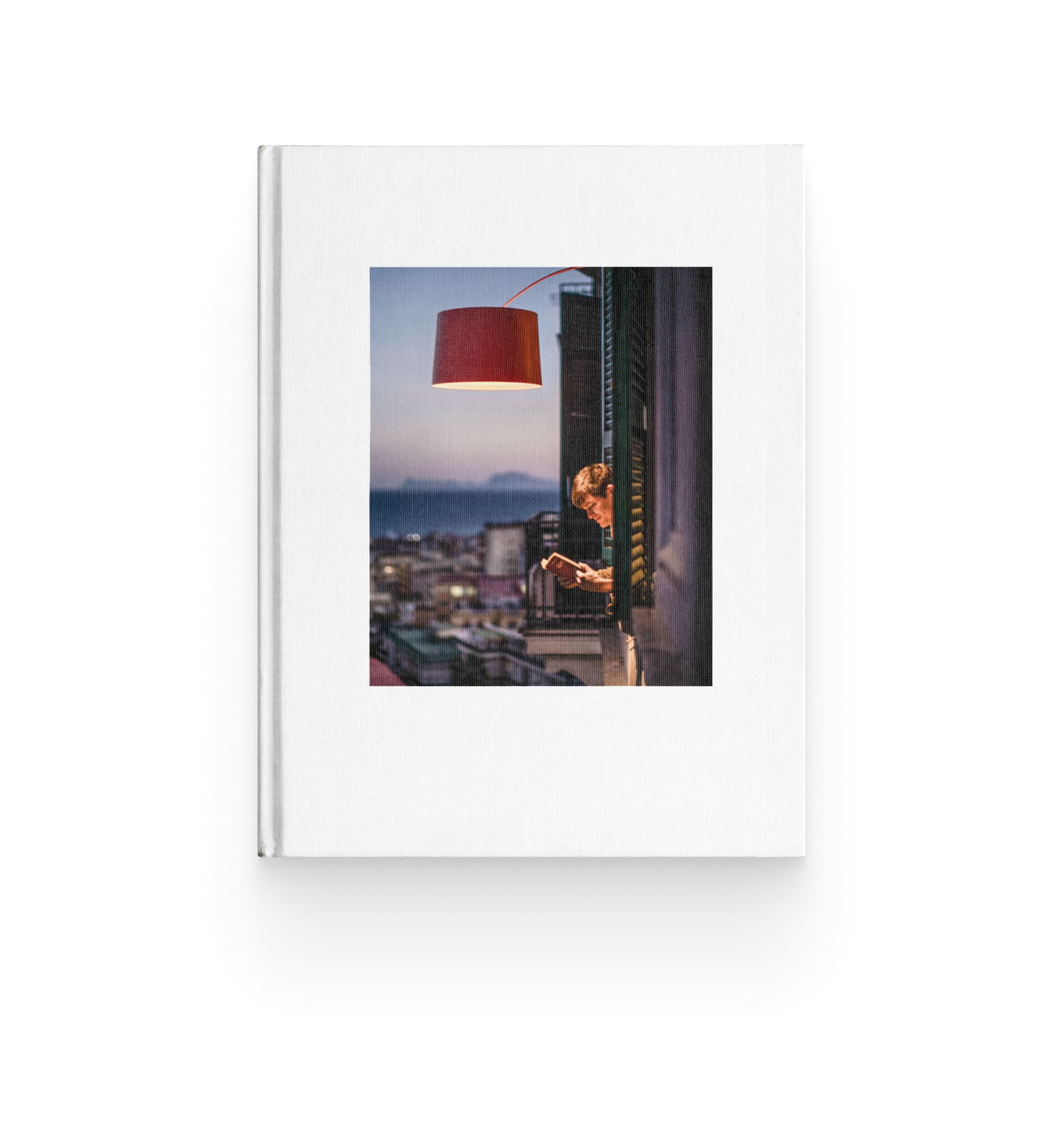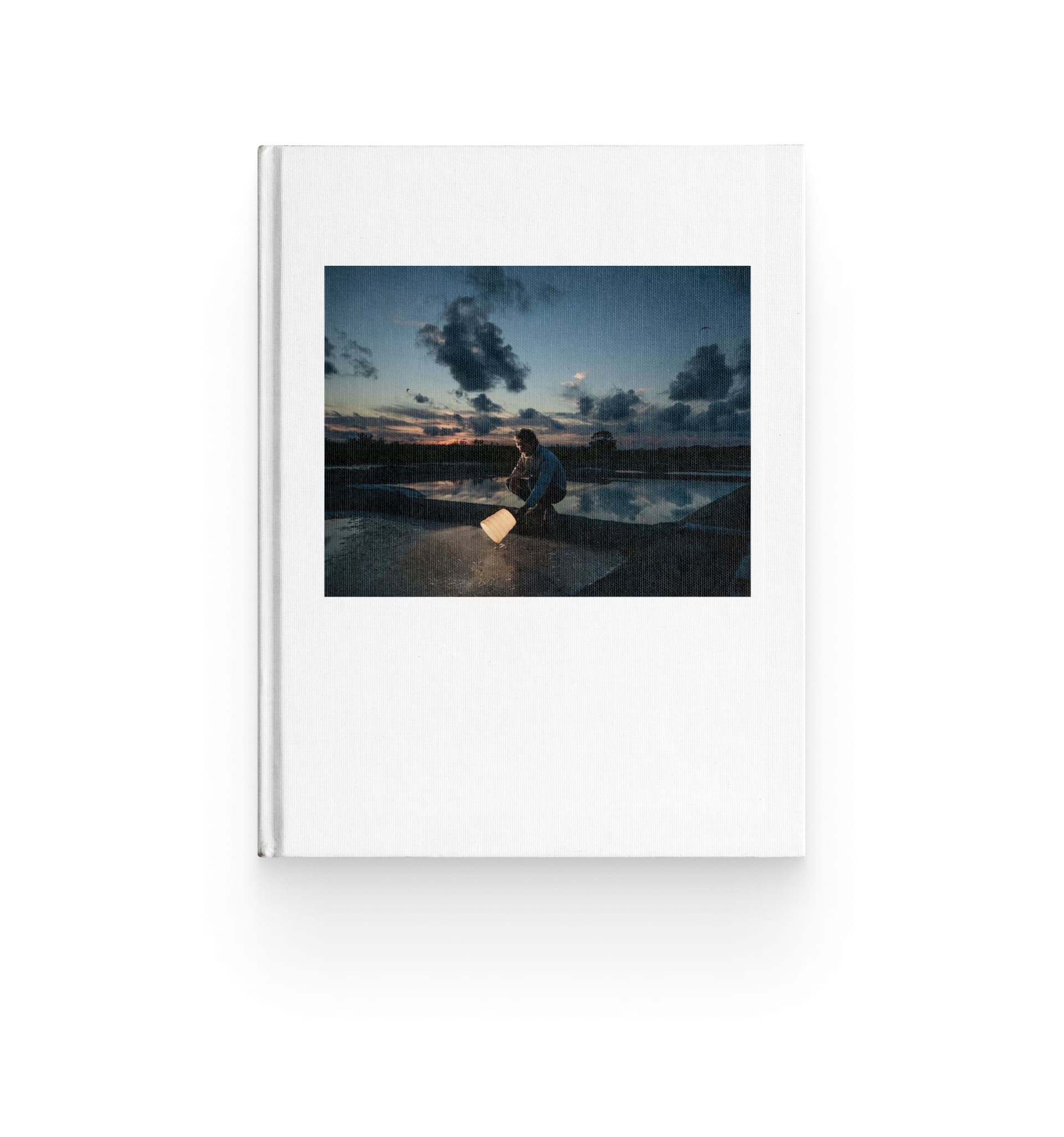Maja Wrońska brings buildings to life through Foscarini lamps
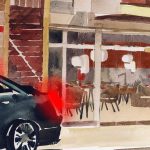
Immerse yourself in the captivating world of Maja Wrońska’s watercolor art in the latest release for Foscarini’s “What’s in a Lamp?”, the project that transforms the @foscarinilamps Instagram feed into a virtual art gallery.
Foscarini’s “”What’s in a Lamp?”” project has entered a new chapter featuring Maja Wrońska (@majatakmaj), a talented watercolor artist from Poland. Her breathtaking paintings of European architecture showcase her balance of dramatic line-work and pastel watercolors. Maja is not only an artist but an architect as well, making her a unique and creative inspiration.
In this new chapter of the “”What’s in a Lamp?”” project by Foscarini, Maja Wrońska has created a stunning series of artworks that showcase the transformative power of Foscarini lamps in architectural spaces. Surprisingly animated watercolor paintings that beautifully capture the emotions and life of buildings, with the lamps becoming a significant feature and focal point.
What makes these artworks truly captivating is how they come alive as the city transitions from day to night: the interiors of the buildings, which are seen from the outside, suddenly take center stage as the Foscarini lamps illuminate them in the night.
Experience the magic and enchantment of Maja Wrońska’s artwork in @foscarinilamps Instagram feed and read more about her creative process, influences, and balancing multiple creative disciplines in our exclusive interview.
Tell us about yourself and your background. How did you get into art and what motivates you to create?
I’m Maja Wrońska, an architect and watercolor painter from Poland. Growing up, my mum, who is also an architect, allowed me to paint and draw with her professional tools. In Poland, to study architecture, you have to take a drawing exam. So, I took drawing classes to prepare for the exam. When I got to university, drawing and painting became a part of my curriculum as well. My interest in watercolor painting developed during this time, and I created a profile on DeviantArt to share my work. To my surprise, it became popular and people started asking if my paintings were for sale. After graduating, I started my own business called Architekt Maja Wrońska, I begun to design architecture with my mum and sell my watercolors.
What is your favorite thing to draw?
I love drawing architecture, cities, and places.
Have you always been interested in architecture?
Yes, architecture has always captivated me.
How do Maja Wronska the Architect and Maja Wronska the Illustrator coexist and influence each other?
I consider myself an architect who also enjoys painting with watercolors. The process of designing a building can take weeks or even months, whereas creating a watercolor painting only takes a few hours. This allows me to complete smaller art projects in between my architectural work.
In this project for Foscarini we see superb pictures of buildings, that become so full of emotion and life. What attracted you to watercolors, and how did you come to the idea of animating them?
Thank you! I too am pleased with the outcome of our project. As an architect, I learned Photoshop and 3D programs to model and render architecture. I wanted to combine traditional art techniques like drawing and watercolor with modern techniques like animation and augmented reality. When Instagram started promoting reels, I decided to experiment with animating my watercolors and adding them to the Artivive app to see the effect of augmented reality on my original artwork. I initially started animating my watercolors for a car manufacturer competition. Although someone else won the contest, I was curious to see how my other watercolors would look animated in this way, so I continued exploring the concept.
What is the creative process behind your art?
I aim to paint the places I love and capture the beauty I see in them.
I begin my creative process by searching for a building that resonates with me, I make a pencil sketch and then add watercolors. Afterwards, my husband scans it, ensuring the scan captures the original artwork as accurately as possible. Finally, using Photoshop, I create a frame looping animation which I render as a gif and mp4.
In this series of artworks, you have beautifully captured the transformative power of Foscarini lamps in a space, both when they are turned off and when they illuminate, becoming the focal point. Can you tell us more about the inspiration behind this series?
This series is a continuation of my previous animations, which showcase cities and places transitioning from day to evening. Initially, I animated cars, then I started incorporating the lights of the buildings turning on and off. With the Foscarini project, I wanted to explore the interior spaces and highlight the impact of the lamps in transforming the atmosphere.
What is your personal favourite artwork of your “What’s in a lamp?” series and why?
From a watercolor perspective, my favorite piece features the red Tobia floor lamp. From an animation perspective, I would choose the artwork where the Gregg composition illuminates a building with large windows.
What are your sources of inspiration? Have you any favourite artists that inspires you?
Light, in general, is a major inspiration for me. I find it fascinating to observe how sunlight interacts with building facades and how buildings appear when interior lights are on. As for favorite artists, I admire Van Gogh and follow contemporary illustrators on social media, such as Pascal Campion.
What is creativity for you?
To me, creativity is the process of transforming available materials into something fresh and inspiring. It involves utilizing imagination and originality to produce innovative and meaningful creations.

